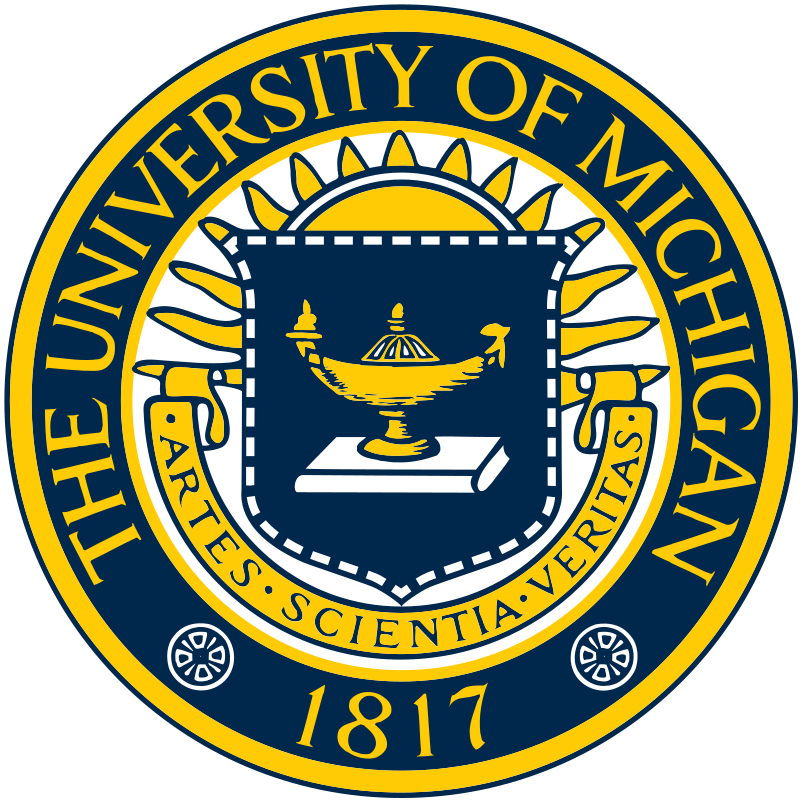Table of Contents
- General Information
- Vaccine Related Pathogen Genes
- Vaccine Related Host Genes
- Vaccine Information
- Anthrax Spore live culture Vaccine (USDA: 1011.00)
- Anthrax Spore Vaccine
- Anthrax Vaccine Adsorbed (AVA)
- Anthrax vaccine adsorbed with Squalene adjuvant
- B. anthracis DNA Vaccine expressing PA
- B. anthracis DNA vaccine LF pDNA encoding LF
- B. anthracis DNA vaccine PA
- B. anthracis DNA vaccine PA83 furin
- B. anthracis DNA vaccine pCPA
- B. anthracis DNA vaccine pDNA encoding PA
- B. anthracis DNA vaccine pIMS-120 encoding PA
- B. anthracis DNA vaccine pLAMP1-PA63
- B. anthracis DNA vaccine pTPA-P
- B. anthracis DNA vaccine pTPA-PA63
- B. anthracis PA protein Vaccine with TMDP
- B. anthracis rPA Vaccine with Rehydragel HPA adjuvant
- Bacillus anthracis mntA deletion mutant vaccine
- DAAV using PA and PGA
- DNA vaccine encoding PA (PA63)
- DNA vaccine encoding PA83 and LF
- pCLF4
- pCMV/ER-PA83
- pSecTag-PA83
- Recombinant PA domain 4
- Recombinant PA with Poly(I:C) Adjuvant
- rLAG- PA-DCpep
- rPA with adjuvant Nanoemulsion
- Typhi strain Ty21a-PA (Bacillus anthracis)
- References
| I. General Information | ||||||||||||
|

Loading Pathogen Genes...

Loading Host Genes...

Loading Vaccines...
Loading References...


